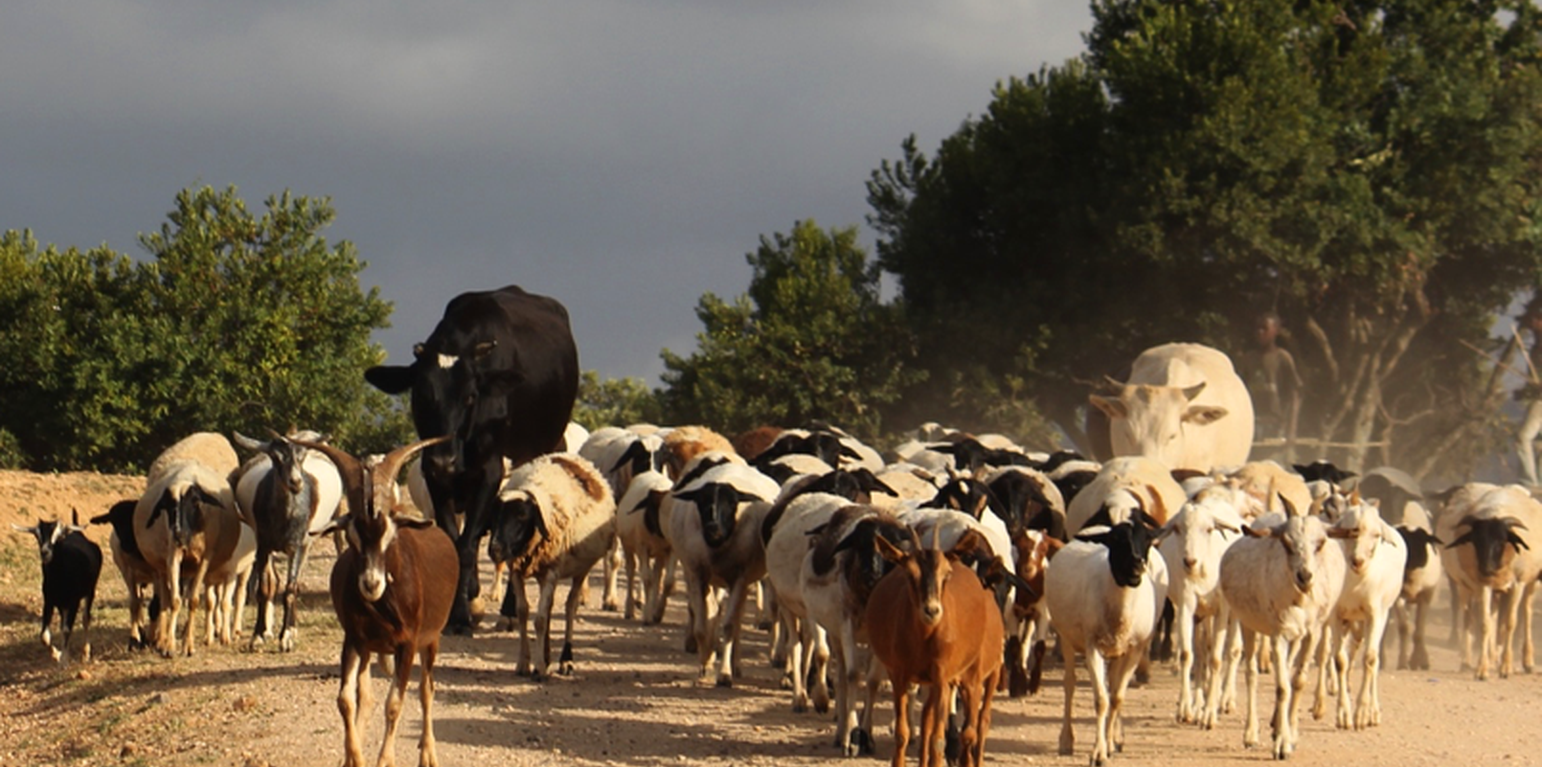



On Il Ngwesi Masai Group Ranch, livestock production management is a combination of traditional livestock keeping and holistic grazing management principles which were introduced in 2007. Livestock production at Il Ngwesi is for subsistence and sales - and has very high cultural significance. 80% of the land is used for conservation, where wildlife and their habitat are protected. The vision is to integrate community development and sustainable environmental management. Holistic Management (HM) was originally conceived by Allan Savory (1988), and is promoted by the Laikipia Wildlife Forum. It integrates decision-making, planning, and livestock keeping. On the land, this means bunching of all livestock close together (in order to act as a "plough" and break the soil to allow seeds, nutrients, and water to infiltrate) resulting in better plant growth. By moving the animals together from block to block, HM aims at managing high numbers of livestock while restoring degraded land. Instead of individual livestock-owning families herding and trekking their own animals, consolidated herds are now managed and moved together, and overseen by herders and supervisors. This allows intensive grazing in restricted areas while resting the remaining land - instead of continuous open grazing. However, Holistic Management principles are still a matter of controversy. While advocates of these management principles do not limit herd sizes, opponents see the root cause of degradation exactly in too high stocking rates. Criticism is plentiful and reviews of the method state that there are no peer-reviewed studies that prove that Holistic Management is superior to conventional grazing systems in outcomes (Carter et al. 2014, Briske et al. 2014).The group ranch land consists of a settlement and a conservation area. The conservation area is further subdivided into a small core zone, measuring 500 hectares and a larger buffer zone of 6,000 hectares. Within this buffer zone, pastoralists are permitted to graze livestock during the dry season.Besides these two main grazing areas in their group ranch, they use additional grazing areas outside their territory such as pasture in forests. In one forest - Mukogodo - they have settled officially; in Ngare Ngare and on Mount Kenya, on the other hand, it is more of an informal agreement. In Il Ngwesi, HM principles are very strictly applied in the conservation area; elsewhere only partly or not at all. During the movements to the forest glades and Mount Kenya, HM principles are maintained as far as possible. This documentation describes the combined grazing management system. During the rains, the grazing system is largely by traditional management: animals remain in and around villages managed individually by households. During the dry season, all livestock are bunched together and managed as one herd.During the wet season, grazing at Il Ngwesi Group Ranch is organized by elders within their seven villages. HM principles are only partly applied. During the dry season, once all the grazing land is eaten, livestock are bunched together and managed by a few herders and overseers. The block system rotation starts. To seek new pasture and water, cattle and smallstock are led to forest glades, and then to the Il Ngwesi conservation area. As soon as the forest pasture is gone, they move on to the conservation area. Usually, this movement of livestock to forests and conservation area starts in February; then they return to the villages in April; and then back to the forests and conservation area until the next rains in November. Whilst the livestock are bunched together, large bomas (corrals in Kiswahili) are constructed for overnight enclosure. Bomas are sited on bare land where dung accumulation and crust breaking by hooves helps rehabilitate land. Every year the boma sites are shifted slightly according to a plan. The total area that can be restored per year is almost 1% of the area of Il Ngwesi.
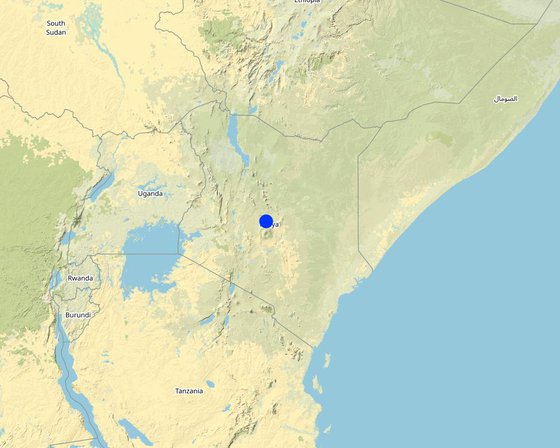
Localização: Mukogodo Divison, Laikipia, Quênia
Nº de sites de tecnologia analisados: Local único
Difusão da tecnologia: Uniformemente difundida numa área (87.0 km²)
Em uma área permanentemente protegida?:
Data da implementação: 2007
Tipo de introdução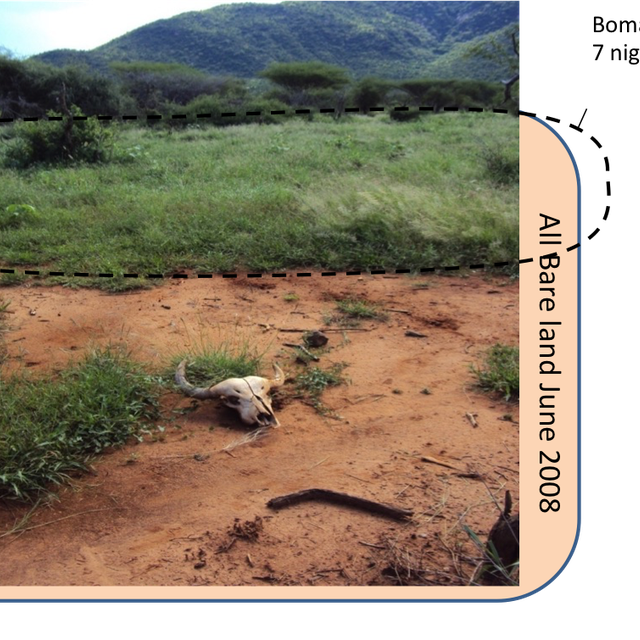
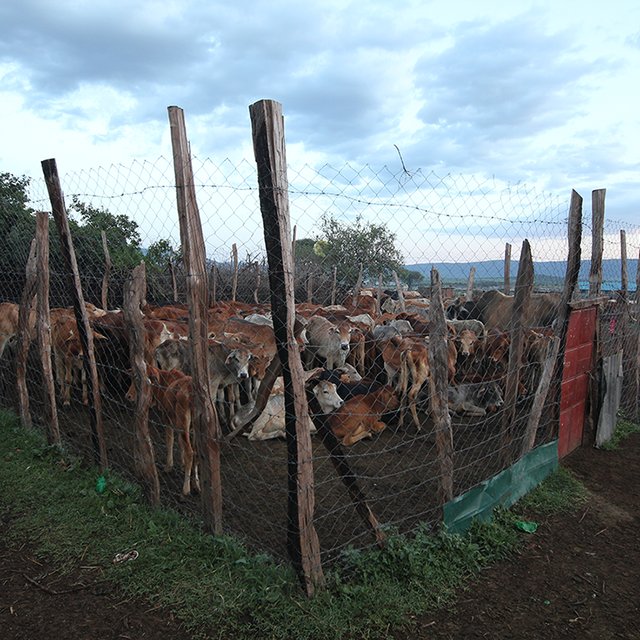

| Espécie | Contagem |
| mulas e jumentos | 90 |
| camelos | 100 |
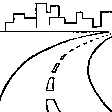






| Especifique a entrada | Unidade | Quantidade | Custos por unidade (USD) | Custos totais por entrada (USD) | % dos custos arcados pelos usuários da terra |
| Mão-de-obra | |||||
| Costs for establishment unknown | |||||
| Especifique a entrada | Unidade | Quantidade | Custos por unidade (USD) | Custos totais por entrada (USD) | % dos custos arcados pelos usuários da terra |
| Mão-de-obra | |||||
| Herders, watchmen | Person-days | 250,0 | 540,0 | 135000,0 | 100,0 |
| Supervisors | Person-days | 3,0 | 720,0 | 2160,0 | 100,0 |
| Planning activities, management | Person-days | 20,0 | 1500,0 | 30000,0 | 100,0 |
| Livestock-owning families (for wet season, no wages paid, livelihood) | Person-days | 8000,0 | 300,0 | 2400000,0 | |
| Material de construção | |||||
| Boma Movement | |||||
| Outros | |||||
| Animals treatments (spraying against ticks) | Per livestock unit | 5000,0 | 5,0 | 25000,0 | 100,0 |
| Injections, vaccine | Per livestock unit | 5000,0 | 3,0 | 15000,0 | 100,0 |
| Custos totais para a manutenção da tecnologia | 2'607'160.0 | ||||
| Custos totais de manutenção da Tecnologia em USD | 2'607'160.0 | ||||
20-30% above normal (supervision, watchmen, moving big bomas). Previously, every household managed their livestock individually.
External! Better land cover attracts invaders (Invasion from northern tribes), envy
Poorest livestock-owning families are better off now since their livestock are also bunched together with all the others. For instance, before they couldn't afford to trek their 5 cows to Mount Kenya for pasture, now their livestock are trekked with all the others - all have the same opportunities. Other households are complaining about this since they can't decide on their own anymore where they want to bring their livestock for grazing.
Less runoff, more water stored in the soil.
Il Ngwesi is not affected by the huge invasion of the exotic cactus, Opuntia stricta. However, there are some other invasives like Lantana in the area, but not as problematic as Opuntia. According to land users, native vegetation cover has improved, which results in fewer invasive species.
More stored in the soil. According to the land users, no measurements conducted.